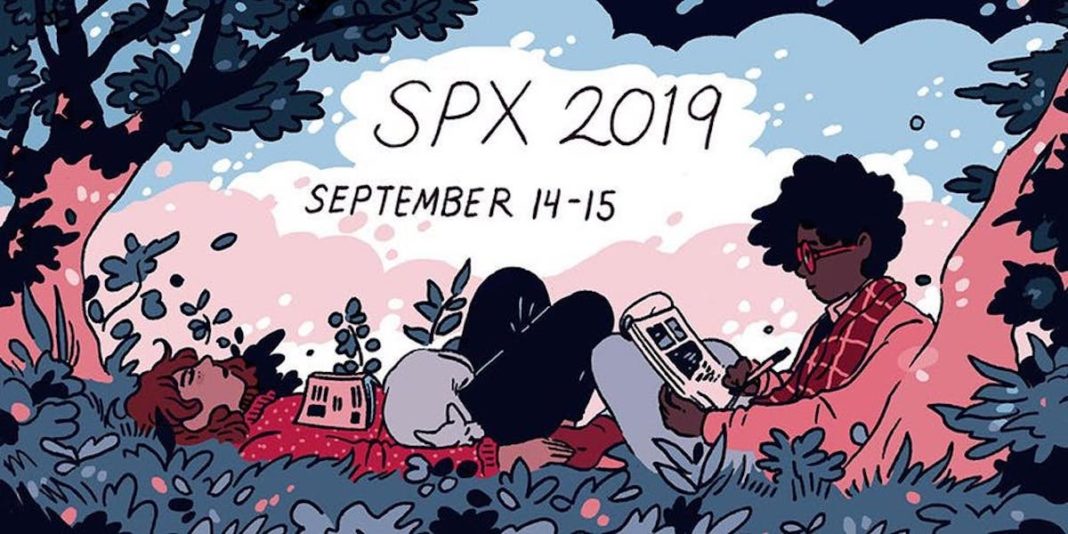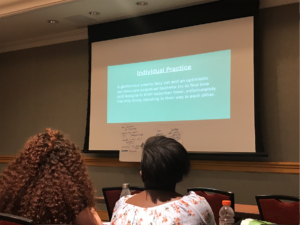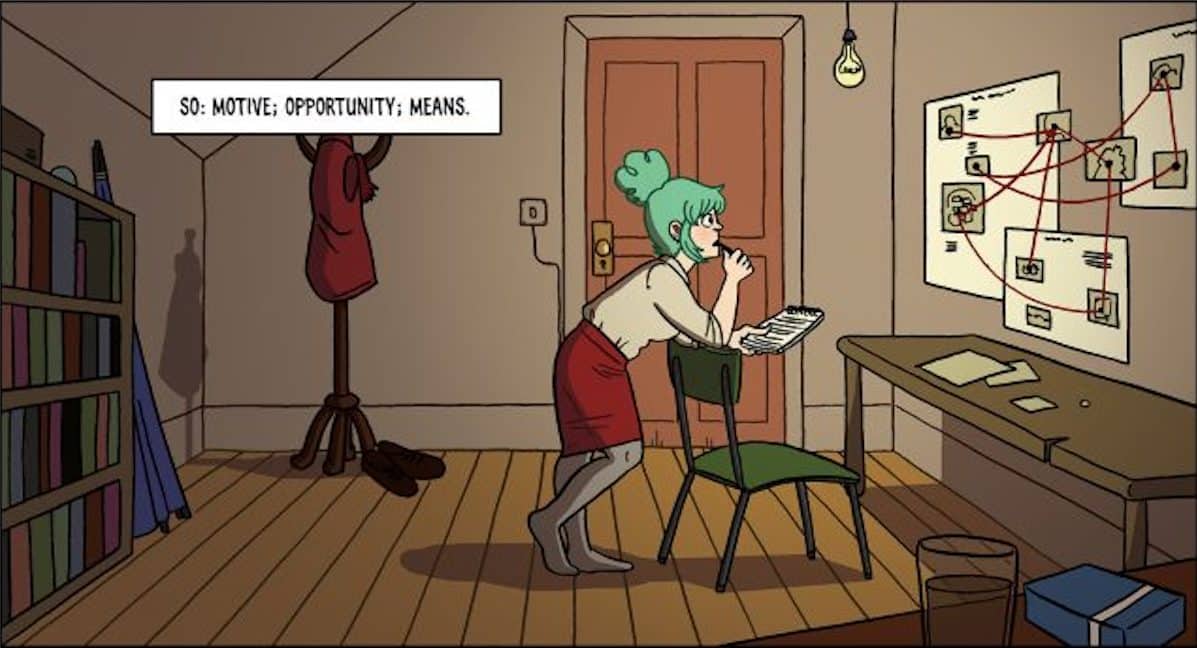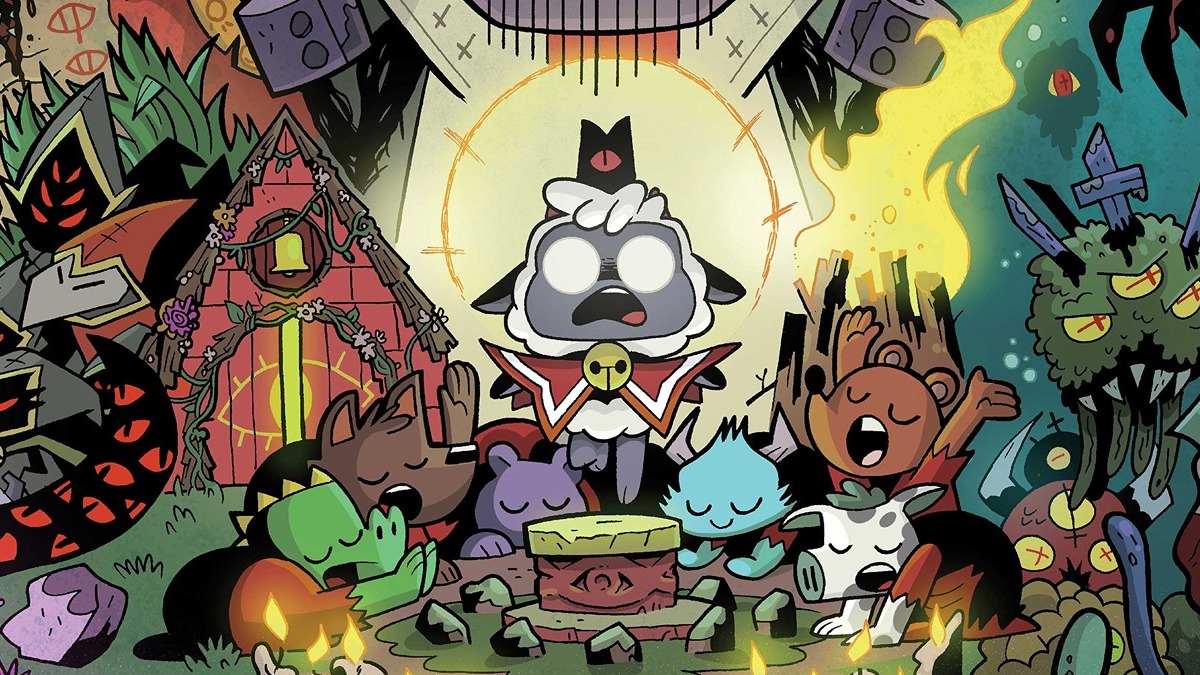Hi, it’s me, an attendee of Small Press Expo who spent quite a bit of time in the SPX 2019 workshops.
These workshops were good, very good, with plenty of advice, lessons and ideas within them, so much so that I’ve come up with a brief list to share…which I’ll get to in a second. First things first, though, some background.
The workshops at SPX 2019 were facilitated by Comics Workbook, an online space with a number of important and admirable educational and community-oriented goals related to the medium (all of which you can and should read about here). There were 14 total workshops this year (facilitated with admirable stamina by Comics Workbook managing editor, Juan Fernandez), and they touched on a pretty diverse range of comics and comics-adjacent topics, including time management for creatives, clay sculpture, storytelling techniques, autobiographic comics, mini-zine making, and so on.
Anyway, I attended four of them — one about time management, two about crowdfunding, and another about making your own mini-zines — and here are some (hopefully helpful) lessons straight from my notebook.
-
Workshop participants brainstorm a logline for Garfield at SPX 2019. Writing about Garfield is helpful for crowdfunding. On Saturday, Kickstarter Comics Outreach Lead Camilla Zhang ran a workshop about writing loglines for crowdfunded comics projects…or really for any creative project. And the main exercise was writing a logline for Garfield, which was really helpful. Here’s what a very smart and artful person in the class came up with: An optimistic yet insecure perpetual bachelor and his snarky, lazy cat try to find love and lasagna in their suburban town, unfortunately the only thing standing in their way is each other.
- Five questions can guide your crowdfunding project logline. Those five questions are who is the main character, what do they want, what stands in their way, how will they overcome, and where is this taking place?
- I don’t know my Garfield very well. I was pretty useless in that logline workshop, to be totally honest.
- Pay yourself first. This came from the day one workshop, Butt in the chair: How to ensure your comics projects get the love they deserve with Jessica Abel. And the big lesson for me within it, was that time management is always an awful problem for creatives, so you (me, everybody) should be firm about paying themselves with time to work on comics. This can be setting boundaries with email hours, getting apps to block social media feeds, or extensively analyzing how you spend your time to figure out where you can make adjustments. Whatever the case, pay yourself first is the crux of it.
- Two minutes a day on a comics project is better than no minutes a day. Yes, obviously, but what this means is that if you’re struggling to find time or inspiration or energy to do the creative work you always talk about, start by spending two minutes a day on it, even if it just means focusing on what you want to do and how. By aiming for this time limit, you’re making your creative work impossible to avoid.
- Collect data on yourself…by jotting down how you’ve spent your time each hour to get an actionable data set to work from. What this means is figuring when you use things like Instagram and for how long, so you can get a clearer picture of how to fix time management issues. I’ve been doing this for all of two days now, and one great benefit is it keeps you honest, motivating you to cut down on entries like, Spent 20 minutes shaking my head at Tweets about a trending topic I only kind of understood.
- I can make a mini-zine in 45 minutes…as long as someone (in this case the workshop leader was Malaka Gharib) gives me an idea for it and also an elaborate template. Still! This was a lot of fun, and my neighbors blew me away with the thoughtful and just plain cool zines they put together. Plus, like I learned in the time management workshop on Day 1, some creativity is better than no creativity.
Anyway, I was impressed with the workshops at SPX 2019. And I wasn’t alone. The rooms were smaller than the main programming venues, obviously, but the four I attended were all at or near capacity. All in all, I enjoyed it quite a bit, and it’s definitely a cool and additive piece of a singular comics show.








